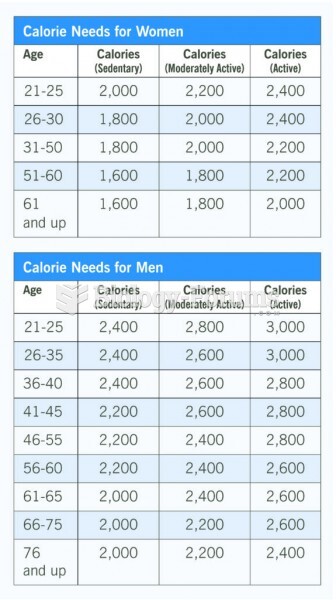Answer to Question 1
Because individuals with type 1 DM are lacking insulin, an exogenous source of insulin is required on a daily basis in order to manage blood glucose levels. When answering her parent's question regarding her insulin and the reason she cannot take oral medication alone, describe the pathophysiology of both type 1 and type 2 diabetes, emphasizing that an oral medication can only be used for someone who is able to produce insulin. This is because oral medications typically target insulin resistance and in type 1 diabetes, insulin is not produced. Additionally, with insulin being a protein, the stomach acid and GI proteolytic enzymes will digest it if it is given orally. That is why insulin injections are a necessary route of administration.
Insulin Type Onset of Action Peak of action Duration of Action
Apidra (glulisine) 5-15 minutes 30-90 minutes 3-5 hours
Glargine 2-4 hours None 20-24 hours
Apidra's rapid onset of action, peak, and shorter duration make it an excellent form of insulin to mimic normal physiological postprandial levels after a meal. On the other hand, glargine's long duration of steady action allows it to mimic the constant insulin levels produced throughout the day needed to feed her cells.
Answer to Question 2
Precipitating factors that may lead to the complication of diabetic ketoacidosis are illness or infection, an inadequate insulin dose, initial manifestation of the disease, or emotional and physical stress. Diabetic ketoacidosis is a severe form of hyperglycemia, resulting from physiological responses to hyperglycemia and insulin deficiency. When sufficient insulin is not available to regulate blood glucose levels, hepatic gluconeogenesis and lipolysis are stimulated by counter-regulatory hormones in an attempt to provide a fuel source for cells and, ultimately, prevent starvation. This production of excessive glucose further increases blood sugar levels. Also stimulated by the presence of counter-regulatory hormones is the production of ketones in the liver. Ketones are produced as a byproduct of increased lipolysis that occurs from insulin deficiency and reliance on fat metabolism. Several symptoms occur with DKA, each relating back to an abnormal physiological process. For example, hyperglycemia causes polydipsia, polyuria, and polyphagia. Also associated with DKA is dehydrationthese signs and symptoms often are present as well: poor skin turgor, and orthostatic hypotension from excessive fluid losses associated with hyperglycemia and ketonemia.
When Rachel was admitted, she had s/s of dehydration, polydipsia, polyuria, polyphagia, weakness, and lethargy (fainted at soccer) as well as ketones present in her urine. Thus, it can be concluded that she was in diabetic ketoacidotic state.







